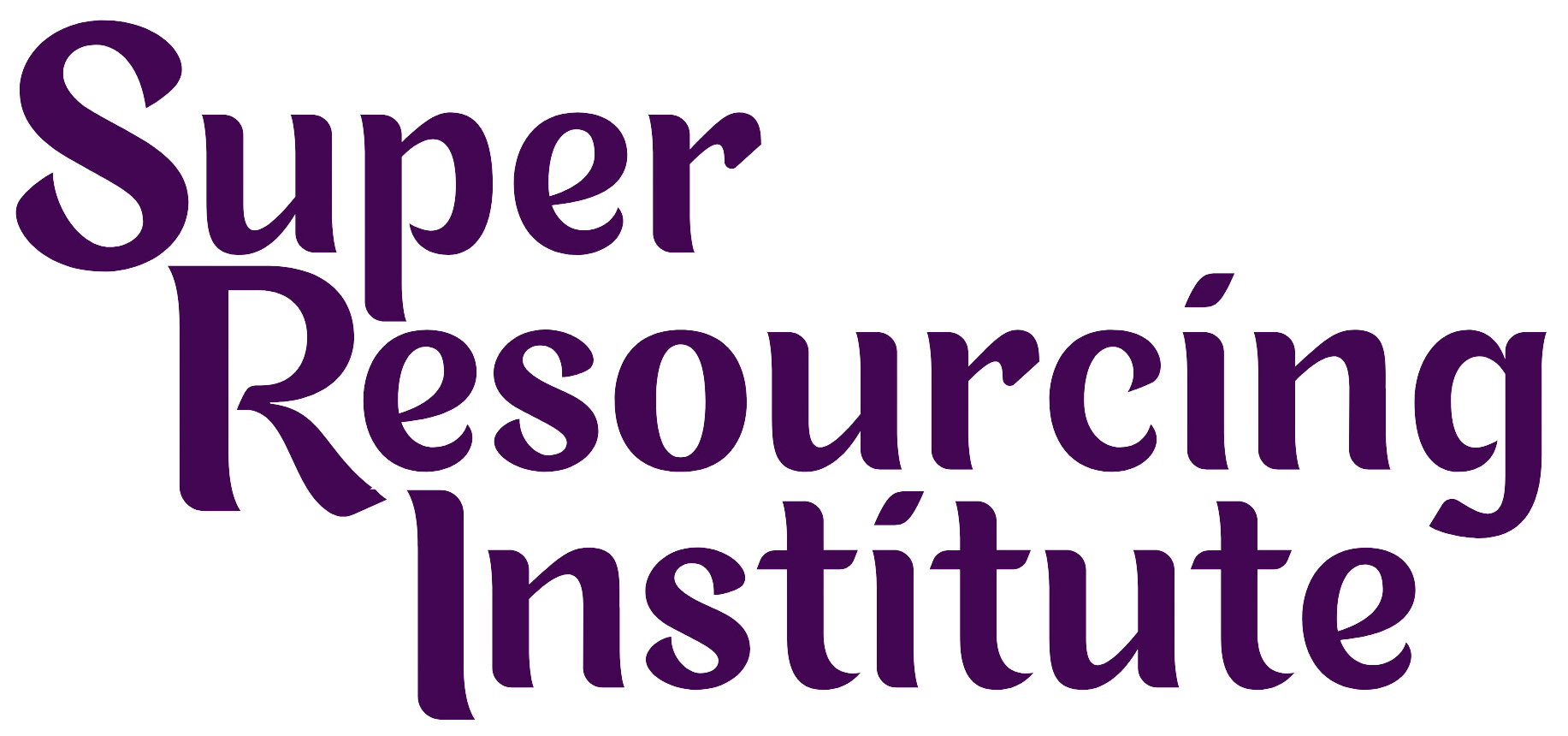Applications of Super Resourcing
Seven Applications
Super Resourcing can be utilized as a standalone protocol or integrated into an EMDR session or other treatment modalities. The common element of all applications is the development of neurologically installed positive resources; the client does not have to walk the coals of past traumas! The healing of attachment wounds and increased well-being becomes possible in a time-efficient and client-centered manner.
1. Preparation for EMDR or Other Therapy Modalities
Whatever modality you may be using with your clients, be it EMDR, Gestalt, Jungian, Psychodynamic, DBT, or others, Super Resourcing may be used as a preparatory phase. The more resourced a client is going into trauma work, the better they will fare. Well-resourced clients experience fewer instances of stuck, looping, and blocked processing.
2. Enhancement of EMDR Interweaves and Positive Cognitions
Super Resourcing serves to neurologically integrate the positive states of mind, emotion, and body that result from successful EMDR interweaves. It is also useful to Super Resource the positive cognition that is generated at the end of an EMDR session. This serves to enhance its efficacy, access, and durability by neurologically embodying the message.
3. Neurological Integration of Any Positive Feeling, Thought, Sensation, or Moment
At any point in the session, regardless of the modality, Super Resourcing has relevance when a client expresses an important realization, feeling state, or sensation. Insights have limited value on their own; they need to be more fully embodied in order for the client to derive maximum benefit.
4. Resolution of an Activated Disturbance as a Standalone Modality
SR is an effective treatment modality for reducing stress and trauma. Unlike traditional trauma methodologies, SR does not focus on the disturbing event or events. Rather, it focuses on the person who experienced the event. A more fully present-time resourced client has less interest or fixation on the past and experiences a reduction of disturbance on the presenting complaint. The trauma is impacted without having to deal with it directly.
5. Fortification of the Positive Matrix
SR is an excellent modality for enhancing one’s positive experience of oneself and of one’s pursuits. Again, rather than focusing on the negative events that underlie limiting mind / emotional and sensate states, or the blocking beliefs that interfere in a more positive and wholesome assessment of self, SR directly downloads a new positive personal narrative. This results in increased self-esteem, confidence, resiliency, well-being, and performance.
6. Resolution of Special Issues & Populations: Addiction, Depression, Anxiety, Insomnia, and Medical & Health Issues
Super Resourcing is effective with special populations and a variety of age groups. It shifts the client’s relationship to these issues by identifying and resourcing the part of the psyche who is caught in an addiction, suffering from depression or anxiety, facing health issues, or struggling with sleep. A well-resourced client experiences more fluidity and optimism.
7. SR for Groups: Couples Therapy, Schools, and Organizations
Many of the benefits that are gleaned from individual work may also be reaped from group applications. SR supports couples therapy through the rejuvenation of the initial love connection and the resolution of distressing issues. Because of the lack of trauma immersion, teachers and guidance counselors may use it with their classrooms or groups to increase self-esteem, performance, and confidence. SR may also be used with a variety of groups and organizations in team-building exercises to promote cohesiveness and achievement of goals.
In summary
Healing attachment wounds is an aspect of all seven applications. It is common for un-resourced parts of the psyche to emerge during an SR session precisely because the field is positive and often represents a corrective healing environment and experience. Once a part has been identified, installing positive resources with their accompanying positive sensations, emotions, and cognitions – and, by extension, healing – becomes possible. Survival strategies are not activated. Less fragmentation and dissociation occur when the part is not being directly confronted with trauma. Based on knowledge of a client’s history, the clinician may also invite parts into the field for attachment repair. New and more positive narratives are developed as parts create their own optimal healing solutions and environment.
